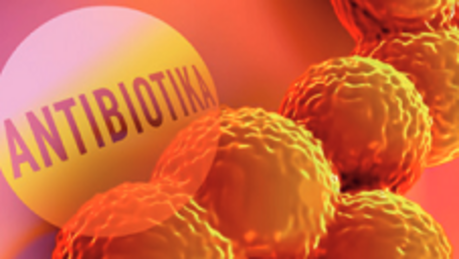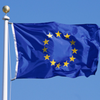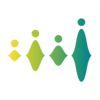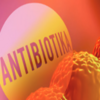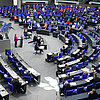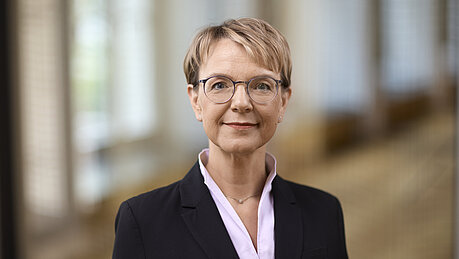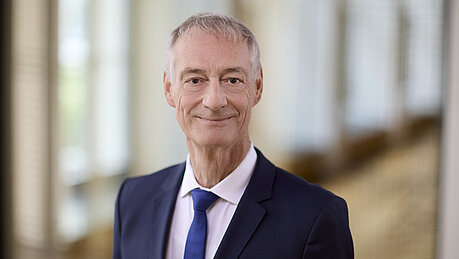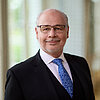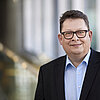Global Action Plan (GAP)
While many actors in the heavily fragmented global health sector gear their programmes to implementing the 2030 Agenda, these programmes are not consistently aligned with one another.
To be able to achieve the health-related SDG targets by 2030, it is important that international actors cooperate more, exploit synergies and avoid duplication. This is why, in April 2018, Federal Chancellor Angela Merkel and the Heads of Government of Norway and Ghana asked the World Health Organization (WHO) to draft a Global Action Plan for Healthy Lives and Well-being for All (SDG3 GAP) in co-operation with other international organisations.
In September 2019, the Global Action Plan for Healthy Lives and Well-being for All was unveiled on the sidelines of the 74th UN General Assembly in New York with the then Federal Chancellor in attendance. The SDG3 GAP aims to support countries in implementing health-related Sustainable Development Goals. To this end, collaboration among the 13 participating agencies is to be improved. To date, its signatory agencies are the following: the Gavi Vaccine Alliance, the Global Financing Facility (GFF), the Global Fund to Fight AIDS, Tuberculosis and Malaria (GFATM), the International Labour Organization (ILO), UNAIDS, the United Nations Development Programme (UNDP), the United Nations Population Fund (UNFPA), the United Nations Children’s Fund (UNICEF), Unitaid, UNWomen, the World Bank Group, the UN World Food Programme (WFP) as well as WHO on the global and country level.
Each year, WHO publishes a progress report on the work of the SDG3 GAP.
Additional information
-
Overview of the Sustainable Development Goals
Die Glorreichen 17” (“the Magnificent 17”): Thematic site of the Federal Government dedicated to the 17 Sustainable Development Goals (in German)
-
Germany’s Sustainable Development Strategy
development means using visions to shape the future: By updating Germany’s Sustainable Development Strategy, the Federal Government seeks to further mainstream and strengthen the idea of sustainability.
-
Global Action Plan - WHO
Plenty of WHO information material on the Global Action Plan for Healthy Lives and Well-being for All
-
Overview page: Shaping Global Health Policy
is actively committed to global health on the international stage and has already positioned itself strongly in this area.



